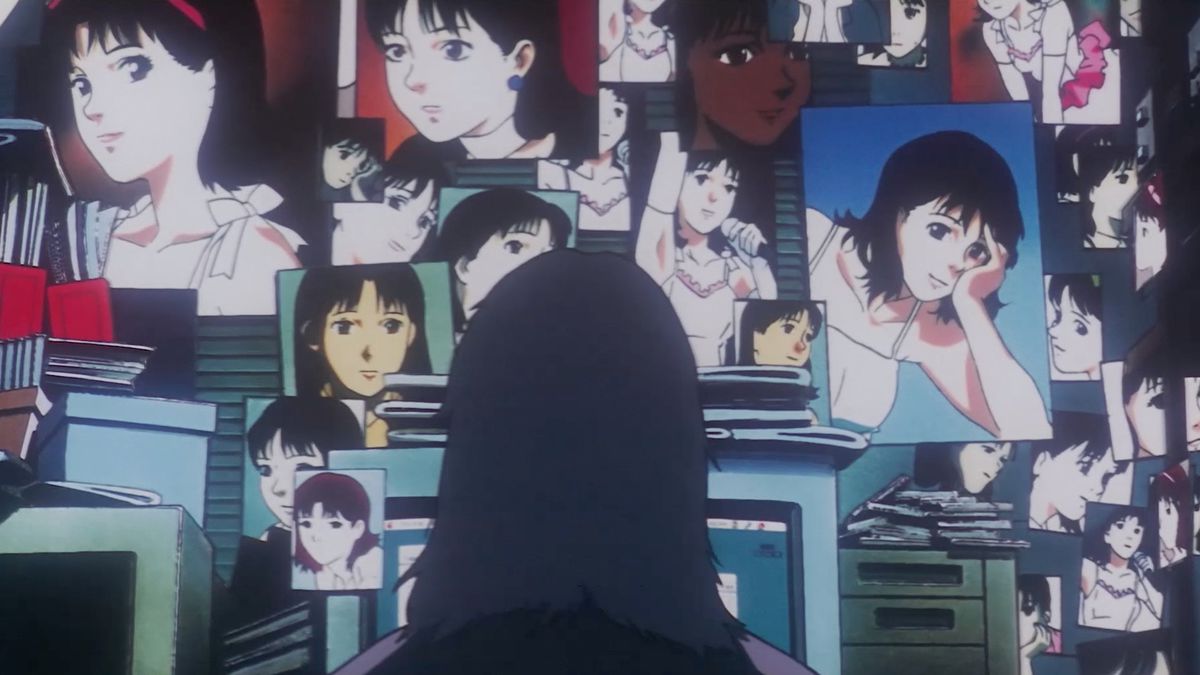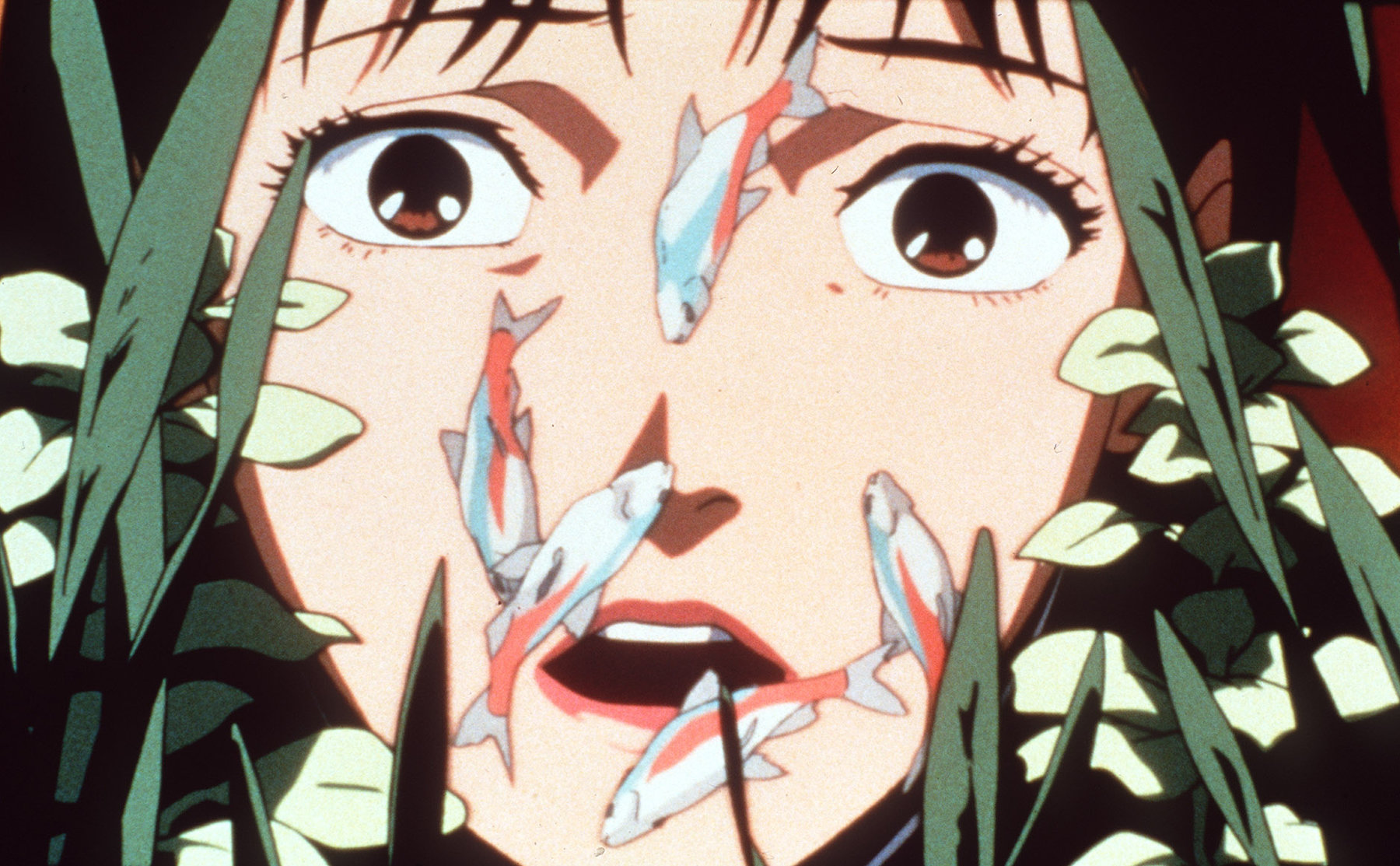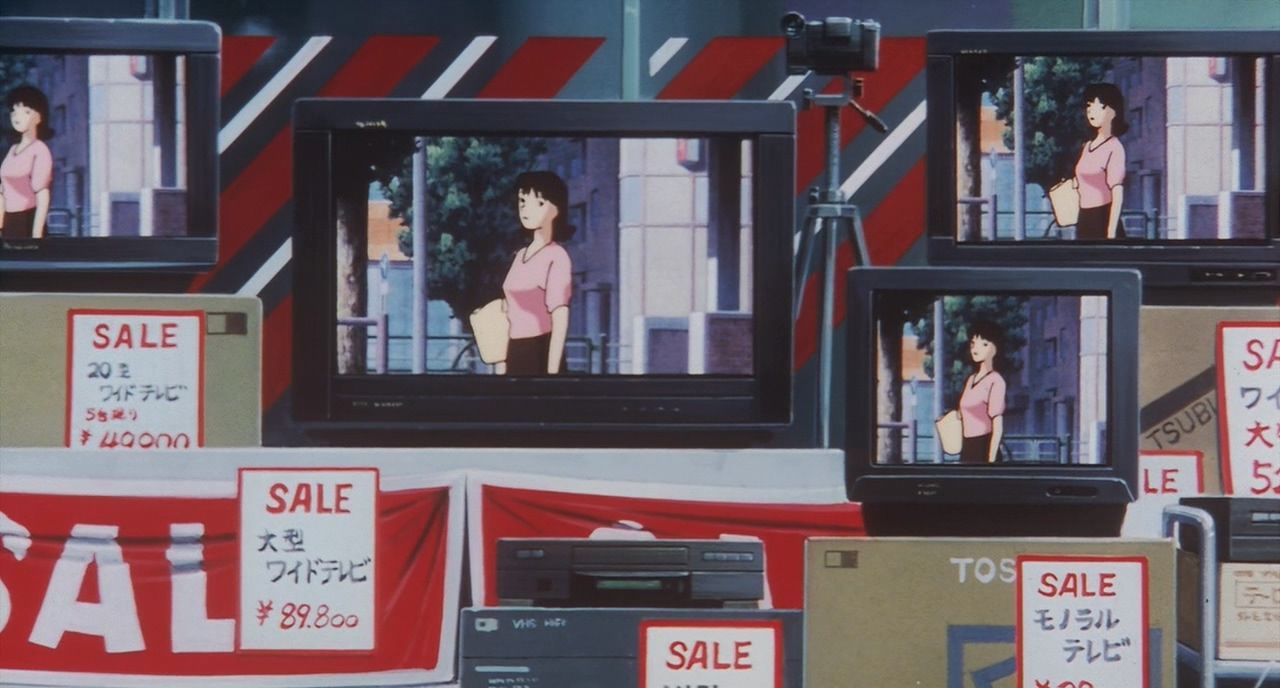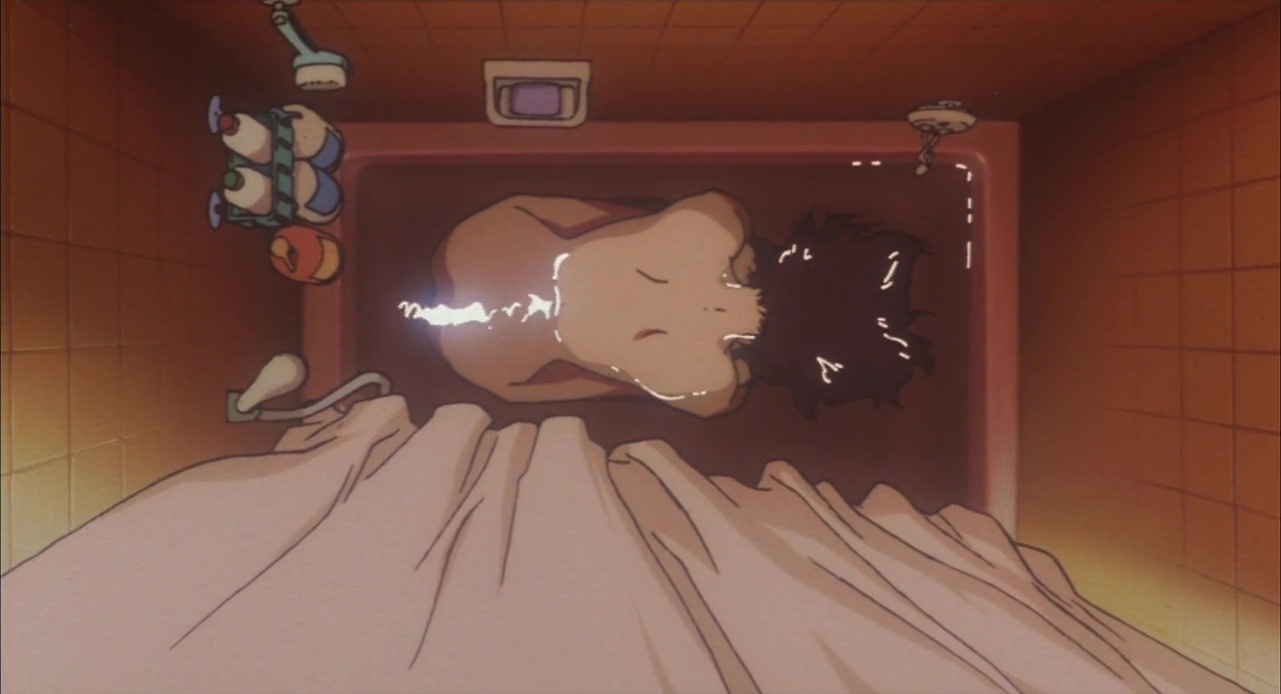on
The Beauty and Horror of 'Perfect Blue'
Introduction

Perfect Blue is a psychological thriller anime, to put a label to it. At its heart, however, it is a piognant, suspenseful, ghastly, thought-provoking masterpiece that explores such delicate themes such as celebrity lifestyle, voyeurism, desire, obsession, online identity and be audacious enough to challenge denser themes as in dissocative identity disorder, mental health, nudity, rape. It is masterful in its ability to ask so many questions and leave the audience with a nagging longing for those questions to be answered. And yet, after a session or two of introspection, the audience can piece together bits and pieces scattered throughout and have the rewarding feeling of finding the answers for themselves. I am not ashamed to admit that I couldn’t find the answers myself.
The movie blurs the line between reality, fantasy and fiction in contemporary Japan. Modern relics like the Apple’s Macintosh and the World Wide Web gives the story a present-day spirit which convinces the audience that this isn’t a story that is being told but a story that is happening now. Satoshi Kon’s fantastic use of vivid cinematic techniques all work in cohesion to create a magical effect of spontaneity and realism. After 24 years of its release, it seems more horrific today than ever, with blogs and celebrities becoming the norm of society. The sense of uneasiness and dread that is conjured follows one even after the last 5 minute dramatically high climax. All these and reasons you’ll find for yourself makes this a multiple must-watch.
“Viewers are too used to being treated kindly, so I’ve broken this pattern deliberately” – Satoshi Kon
Plot…
Mima Kirigoe, a former member of a famous J-pop trio called CHAM!, decides to become an actress leaving behind her innocent pop idol image. However, this does not go down well with some of her fans and she starts receiving threats, faxes and even a letter bomb. As the story goes, her screen-writer and her photographer are found stabbed to death, who helped her transform from the young, teenager to the mature, adult actress. Mima, finds herself delirious and suffering from hallucinations of her unreal former self. She confides her doubts, concerns and fears to her friend and agency manager, Rumi Hidaka, a former idol herself. Her fear of being stalked is aggravated by a website called “Mima’s Room” that has journalistic account of her life down to exact and vivid details.
Mima becomes incapable of distingushing between reality and reel and fantasy. She becomes incapable of trusting herself on account of her mental instability and begins to slip into psychosis. Her agent, Tadakuro, is found murdered too. Evidences suggest “Me-Mania”, Mima’s obssessed fan, stalks her, writes about her on the website and brutally stabs everyone who catalysed Mima’s transition to the actress. However, it isn’t definitive because Mima found blood-stained clothes in her apartment. Oh, I wish it would have ended here. What a great story it would have been! But let’s not delude ourselves. This isn’t a great story. It’s a masterpiece.
…and the Plot continues

Along with Tadakuro’s corpse, Me-Mania’s corpse is also found lying by his side! It turns out, Rumi Hidaka, Mima’s manager and confidante, had developed an imagined dual personality for herself – the pop-idol “Mima”. She is the writer of “Mima’s Room”, drawing from experiences that Mima shared with her. As she saw Mima evolve from her innocent self, she took it upon herself to preserve her identity. She manipulates, Me-Mania, an obsessed fan, to “eliminate the impostor” that is the real Mima Kirigoe. However, when he fails in his duty, he is laid off.
During the climax, Rumi (in her imagined “Mima” personality), herself targets Mima and in a dramatic and tense run through the city, tries to kill her. Mima saves her getting hit by a truck but both are injured. In a later shot, Rumi is found in a mental hospital with her Mima personality dominant whereas, Mima has become a prolific actress.
Themes
Dissocative identity disorder, previously known as Multiple personality disorder, is the prominent topic dealt with. The narrative strongly suggested, up until the very end that Mima herself was a victim of it. However, that is not the case. Satoshi convinces one to follow the red herring yet plant sufficient artifacts to weave the true motif of the story at the end is appreciable.
Suggestively, Mima is not happy to leave behind her singing career and the doubt, somehow, gnaws on her. On the train back home after starring in a rape scene at a strip club, she imagines her former self screaming at her through the glass, “Of course! I didn’t want to do it!” which speaks for the torment of young actresses who embrace such choices in order to survive in the competitive film industry. Moreover, posing nude for photography served to consolidate her position as an actress while simultaneously tarnishing her previous innocence.

The obligation to play the role of an psycho murderess in a series called “Double Bind” and the images all worked together in ensuring a conducive environment for Mima to convince her that she was steadily becoming mentally unstable. It is evident when she says, “Is this blood real?” when she is bleeding after having crushed her teacup in her hands and curiously watches it drop into puddles of tea. Further down, she remarks, “Am I alive?” and “This is all a dream” which implies her failing mental health.
It is amazing how it is almost impossible to guess who the antagonist is, until the psychodramatic climax that will slip you to the edge of your seat that is typical of this genre.
Images and symbols
The movie is replete with images and symbols – which makes it especially fun to spot them. The dead fishes that Mima is so distraught about and how it proves to her that her new job is jeopardizing her of the pleasures of her life. And yet, in another scene, we find the fishes are live and swimming lazily in the aquarium. So, did Mima hallucinate about the dead fishes? Or was it real? This question is, as noted, one of the many which are left unanswered.
The aquarium itself is a metaphor for Mima’s shackled, yet independent situation as she is doubtful of her own self and is distressed as to the happenings around her.
As Mima walks down the street, she catches multiple instances of herself at the television shop. The eerie silence and the underlying tension of the simple scene, like many others, is so unsettling it, in essence, makes the movie brilliant. The surveillance-like depiction cannot be a more befitting image today in the age of cookies, trackers and machine learning algorithms which feeds on our behaviour to predict our next moves. Internet stalkers, obssessed fans: this mania can turn desctructive especially for emerging celebrities as has been evident in recent news.

Take the abundant symbols of contemporary Japan ushering in the new and promising age of WWW. Quoting dazed’s article,
Against this background we see a nascent social internet, auguring new levels of access and intrusion. The film takes place during an era of brave new online self-fashioning: on Mima’s train journey across Tokyo a billboard reads “An internet homepage: how you can make one too!”
Mima’s education of the Internet: wrestling with terms like “browser” and learning to type a URL, all opened her to the liberating yet shady place that is the Internet. And sure enough, she discovers the dark side of her fandom in the form of “Mima’s Room” – the disturbingly explicit details of her life written by an “alter ego”? an obssessed fan? a stalker? herself?

A word about animation
The rapid cuts between reality and shooting and her hallucinations that caught Mima by surprise made me conjecture that it was Mima, after all, who was the victim of dissocative identity disorder and it was her “other personality” that murdered those people and wrote the blog. Aware of the fact that my reasoning was not sound, I was eventually made certain of my doubts as my conjecture was entirely overthrown. And such smooth transitions and animation techniques back in 1997? Good stuff.
Explicit content ☢
Oh, a word of warning for people who get offended easily. The movie portrays a generous share of detailed nudity, gore (in the form of bodies with gouged eyes and so on) and rape scenes. Not recommended for watching with kids.
Legacy
“Black Swan”, a movie by Darren Aronfonsky, bears resemblance to the basic narrative of Perfect Blue. A fact acknowledged by Darren but made certain that it is not inspired by Perfect Blue.
The bathtub scene in “Requiem for a Dream” with Marion has been inspired by Mima’s bathtub scene in Perfect Blue.

- Fight Club (?)
There have been other references in pop culture but these are the ones I have watched myself.
In conclusion
Some people strive to create things of art and splendour that will endure the stubborn havoc of time. And, few among them succeed. But when you witness such a piece in its glory (and gory, in this case), it is impossible not to be humbled and satisfied by the experience. Perfect Blue is one such experience for me. It’s horrific and beautiful. It’s a timeless mark of the genre.